Area less than one acre NRHP Reference # 82001260 Added to NRHP 29 October 1982 | Built 1928 Opened 1928 | |
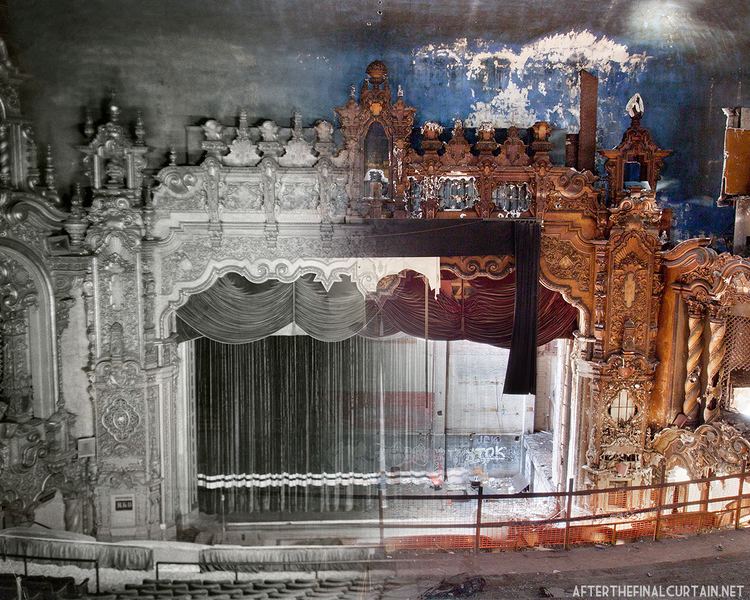 | ||
Architectural style Mission Revival architecture Similar Keith‑Albee Theatre, Loew's Valencia Theatre, Paradise Theater, Palace Theatre, Kings Theatre | ||
RKO Keith's Theater is a historic RKO Pictures movie theater located in the Flushing section of the New York City borough of Queens. It was designed by noted theater architect Thomas W. Lamb (1871–1942) and built in 1928. It has a plain three story exterior facade, but the auditorium interior was designed in a Spanish Baroque Revival style. The theater contained approximately 2,974 seats.
Contents
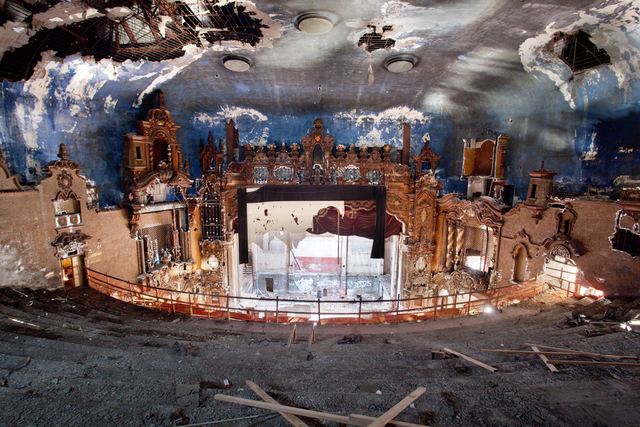
History
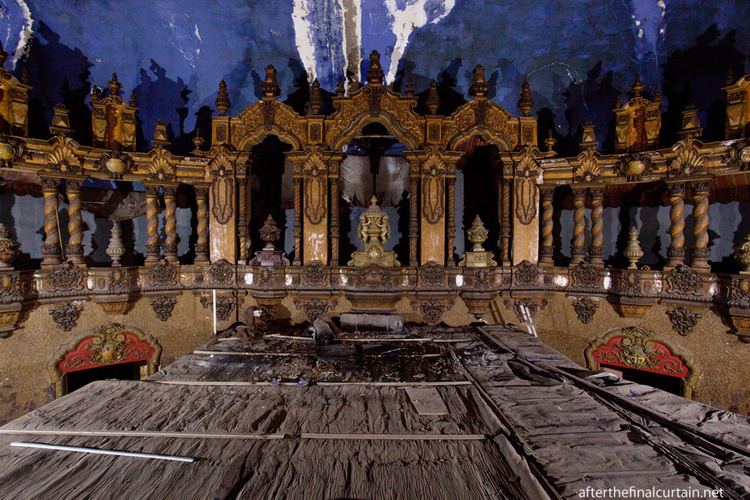
The RKO Keith's Theater was opened on Christmas Day in 1928 as a "vaudeville house" and movie theater, with additional renovations made during the 1970s to install three screens. There were many stars who performed at this theater. Some of these stars included Bob Hope, Jack Benny and the Marx Brothers, Judy Garland, Mae West, Milton Berle, Jimmy Durante, and Jerry Lewis, all of whom performed and provided entertainment on stage., On Saturday, January 16, 1965, Hollywood stars Cesar Romers and Connie Stevens also entertained audiences at RKO Keith's Theater; Stevens was a resident of Bayside during that time.
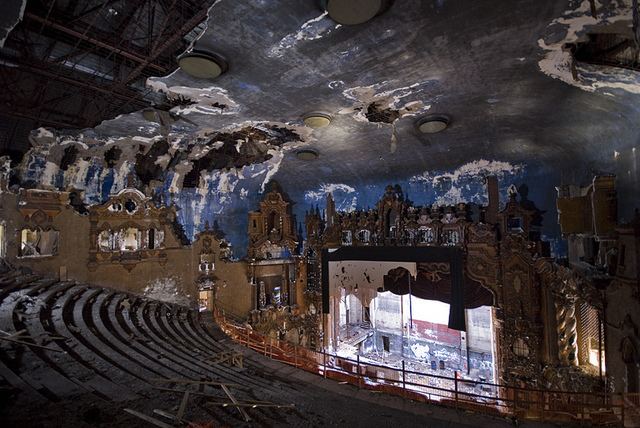
The theater was closed in 1986 and then partially gutted illegally by the building's new owner Thomas Huang. Huang acquired this theater for $3.4 million, with the intention of repurposing and restructuring it into "office space or a shopping mall." However, residents of the community felt that this theater, as a landmark, would go into disrepair had Huang's proposal succeeded. During his time as owner of RKO Keith's, several landmark parts within the theater were found demolished; when this occurred Huang's building permits became void. Huang had been attacked and blamed by Flushing leaders since 1986, the year of his purchase and acquirement of this theater. Huang also dumped approximately 10,000 gallons of waste oil in the basement of the theater. He was indicted and pleaded guilty to two felony charges. Additionally, Huang was arrested for "falsely certifying" that the oil tank, from which the oil was dumped, was successfully cleaned in front of the city Fire Department. He was sentenced to five years probation and a $5,000 fine and ordered by the court to remediate conditions in the theater in lieu of serving jail time. Huang ignored the order.
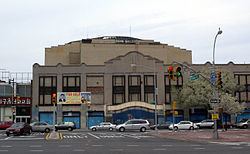
The theater changed hands in 2004, 2010, and again in 2013, remaining vacant since its closure in 1984. In December 2013 the present owners announced plans are for the lobby to be restored as an entrance to a 17-story apartment building.
Preservation
It was listed on the National Register of Historic Places in 1982. In 1984, the theater's ticket lobby and grand foyer were landmarked by the Landmarks Preservation Commission. This was an abridged designation.
A group called the "Committee to Save the RKO Keith's Theatre of Flushing, Inc." (which dates its work back to 1981) worked to gain community support as part of its goal to maintain and preserve RKO Keith's Theater for adaptive re-use as a performing arts/convention center. In 1986-87 over 3,000 Queens residents signed petitions in order to request that the entire structure be granted "landmark status" by New York City. The petitions were submitted to Borough President Claire Shulman, who refused to support landmark status for the entire interior, which had been the original intention of the NYC Landmarks Preservation Commission. The Committee's co-founder, Jerry Rotondi, in support of this goal, stated, "A lot have stories to tell. One man proposed to his wife in the balcony of the theater; another said his father used to supply the goldfish that swam in the main lobby's fountain, a nickel a fish. His father caught those fish in Kissena Park Pond." After several residents learned that the RKO Keith's Theater was purchased by developer Thomas Huang, who intended to build a "350-room international hotel" in Flushing, the committee grew and took action. The Committee gained support from the Theater Historical Society, Queens Historical Society, New York Landmarks Conservancy, Queensborough Preservation League and State Senator Frank Padavan. Queens Historical Society wrote a letter to Rotondi, which stated, "The Committee's work to protect a recognized landmark from insensitive development and inappropriate use... (is) very commendable."
At the start of 1989, RKO Keith's interior landmark was struck by vandalism; "two sets of bronze doors" were stolen along with their frames. In order to properly ascertain this problem, Jerry Rotondi and requested a thorough inspection from the Landmarks Preservation Commission; this was done after Rotondi realized the "plywood barrier around the construction site had been broken." After completing their survey of the interior damages, both Richard McTighe (the landmarks preservationist) and Thomas Huang unanimously decided that a "new gate" should be built "between the plywood barrier and the designated space."
In 2009, preservationists sought to purchase RKO Keith's Theater in the hopes of repurposing or renovating it as a performing arts center with two objectives, "to honor its storied past and once again entertain the community." The theater's price was valued at $24 million. In order to fully revitalize the theater, preservationists and fans, referred to as the "Friends of RKO Keith's," sought to collect donations from various film stars. Jon Favreau was one such actor they hoped would make a donation because he once worked and "sold popcorn at RKO Keith's."
